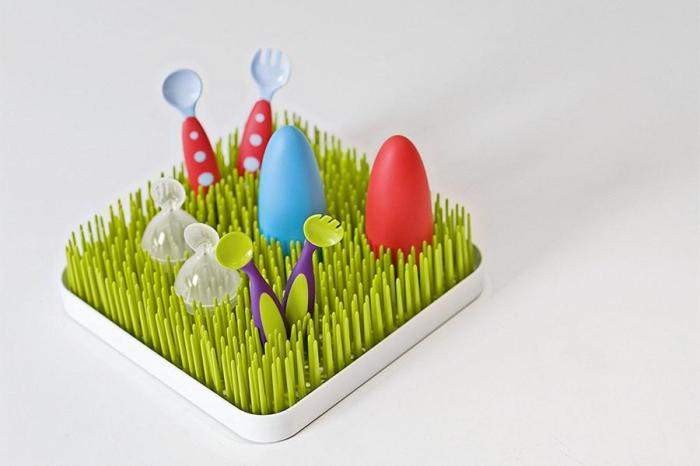Boon grass, also known as “cattail” or “bulrush,” is a common wetland plant. It grows in marshes, ponds, and along the edges of lakes. The scientific name for this plant is Schoenoplectus tabernaemontani. Boon grass is found in many parts of the world. It plays a vital role in the ecosystem.
Boon grass has long, slender stems that can reach heights of six feet or more. These stems are triangular in shape and often grow in dense clusters. The plant produces a distinctive flower spike. This spike can be brown or tan in color. It blooms during the summer months.
Habitat and Growth Conditions
Boon grass thrives in wet, muddy areas. It prefers shallow water. It can also grow in moist soil. The plant is very adaptable. It can tolerate a range of water conditions, from fresh to slightly salty.
In the wild, boon grass grows in large colonies. These colonies help stabilize the soil. They prevent erosion along shorelines. Boon grass can grow in various climates, but it is most common in temperate regions.
Importance in the Ecosystem
Boon grass serves several important functions in the environment. First, it provides habitat for many animals. Birds, insects, and small mammals find shelter among the dense stems. The flowers attract pollinators like bees and butterflies.
Second, boon grass helps improve water quality. The plant filters pollutants from the water. It absorbs excess nutrients, such as nitrogen and phosphorus. This action can reduce algae blooms in nearby water bodies.
Third, boon grass plays a role in carbon sequestration. It captures carbon dioxide from the atmosphere. This process helps combat climate change. The plant’s roots and decaying leaves contribute to soil health.
Uses in Traditional Practices
Boon grass has been used for centuries in traditional practices. Indigenous peoples often use the plant for various purposes. They make mats, baskets, and roofing materials from the stems. The fluffy flower heads can be used as insulation or stuffing.
In some cultures, boon grass is also used for medicinal purposes. It is believed to have anti-inflammatory properties. However, it is essential to consult with a healthcare professional before using it for medicinal purposes.
Culinary Uses
Interestingly, some parts of boon grass are edible. The young shoots and roots can be harvested. They can be cooked or eaten raw. The roots can be ground into flour. This flour can be used in various recipes. However, proper identification is crucial. Not all parts of the plant are safe to eat.
Challenges and Threats
Despite its resilience, boon grass faces several challenges. Urban development often leads to habitat loss. Wetlands are drained for construction and agriculture. This loss threatens not only boon grass but also many species that depend on these ecosystems.
Invasive species pose another significant threat. Non-native plants can outcompete boon grass for resources. This competition can lead to a decline in its populations.
Climate change is also a concern. Rising temperatures and changing rainfall patterns can alter wetland ecosystems. These changes may affect the growth and survival of boon grass.
Conservation Efforts
Conserving boon grass habitats is essential. Wetland restoration projects are underway in many areas. These projects aim to revive degraded ecosystems. They provide critical support for boon grass and other native species.
Community involvement is vital for conservation efforts. Education and awareness can encourage local populations to protect these habitats. People can participate in clean-up activities and plant native species.
Boon Grass in Gardening
For those interested in gardening, boon grass can be a great addition to a water garden. It is attractive and provides habitat for wildlife. When planting boon grass, ensure it is in a suitable location. It needs enough water and space to grow.
Choose a spot with full sun or partial shade. Boon grass can be invasive, so consider planting it in a controlled area. Regular maintenance will help keep it healthy.
See also: What Are Montessori Toys
Conclusion
Boon grass is more than just a common wetland plant. It is essential for the ecosystem, providing habitat, improving water quality, and capturing carbon. Its historical uses in traditional practices highlight its versatility.
However, challenges like habitat loss and climate change threaten its existence. Conservation efforts are crucial to protect boon grass and its environment. With awareness and action, we can ensure that this valuable plant continues to thrive for generations to come.
In summary, boon grass is a remarkable plant with significant ecological benefits. It is a symbol of wetland health and biodiversity. Understanding its importance helps us appreciate the delicate balance of our ecosystems.
Related topics:


